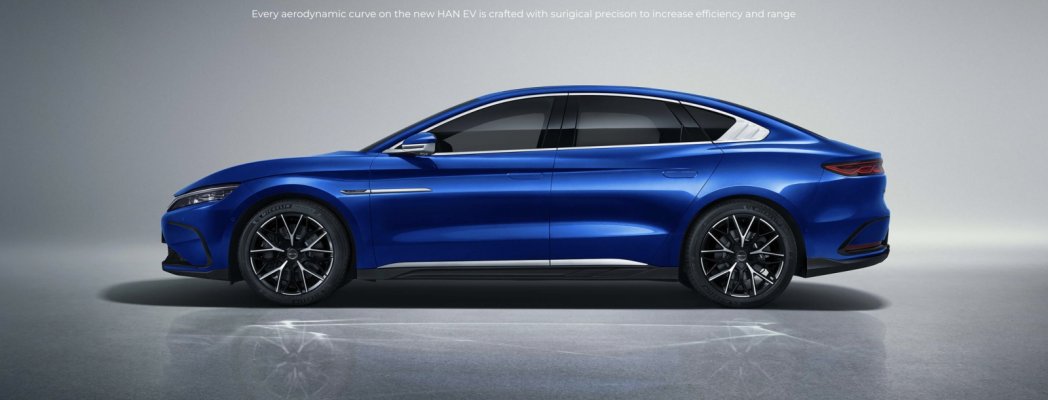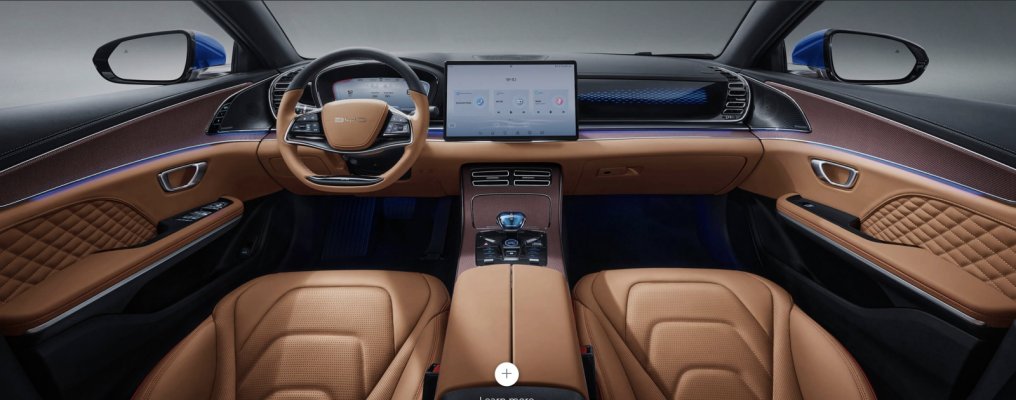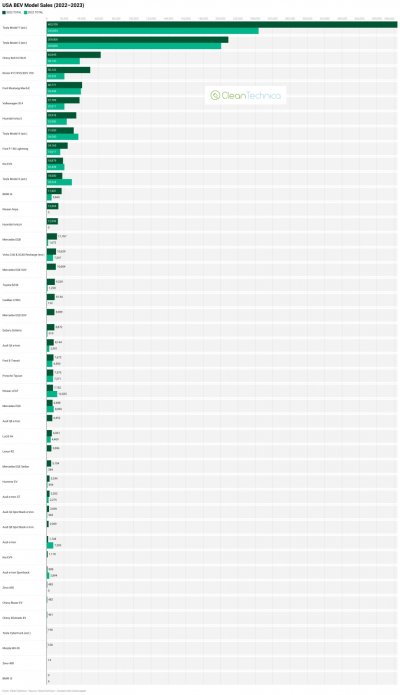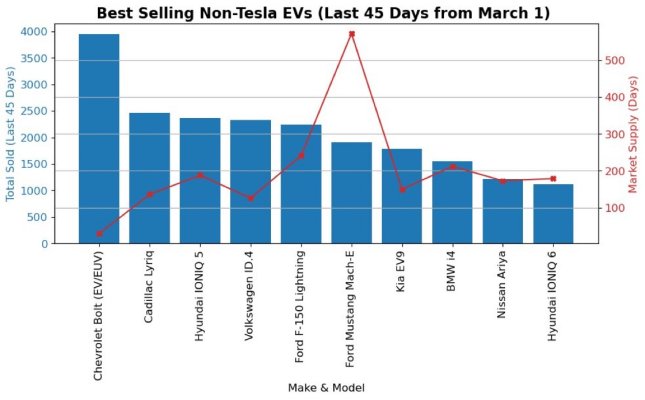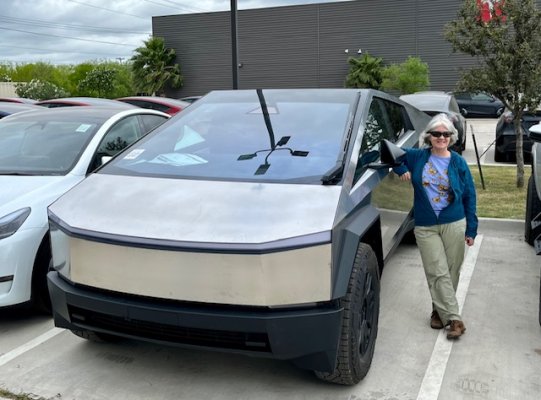stephenson
Thinks s/he gets paid by the post
- Joined
- Jul 3, 2009
- Messages
- 1,611
explanade,
I agree!
American car companies tend to believe their own marketing and statistics - and power within the companies comes from sales numbers.
So, the light truck folks flex their muscles and say, "Our sales are the highest so we need to go EV first." Way better to have built small EV SUVs.
I agree!
American car companies tend to believe their own marketing and statistics - and power within the companies comes from sales numbers.
So, the light truck folks flex their muscles and say, "Our sales are the highest so we need to go EV first." Way better to have built small EV SUVs.

